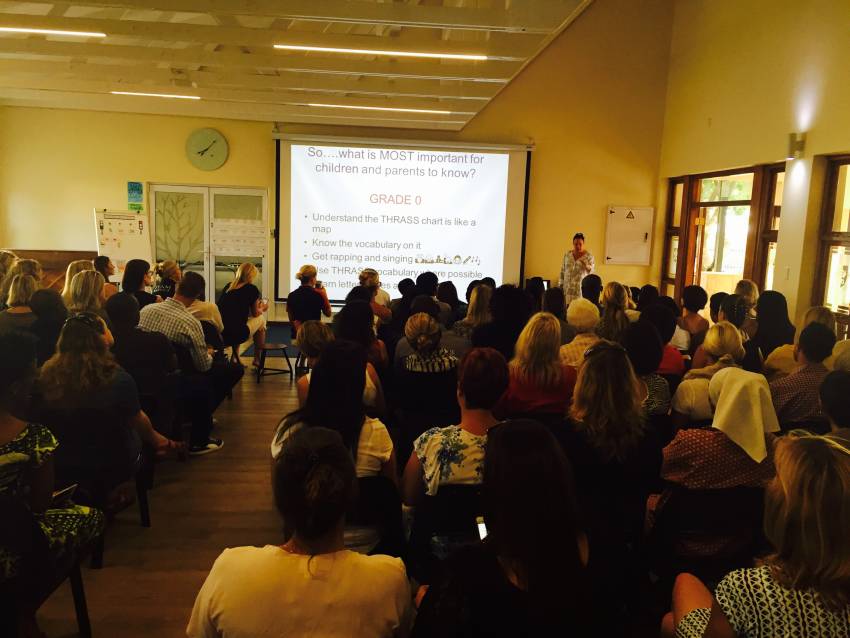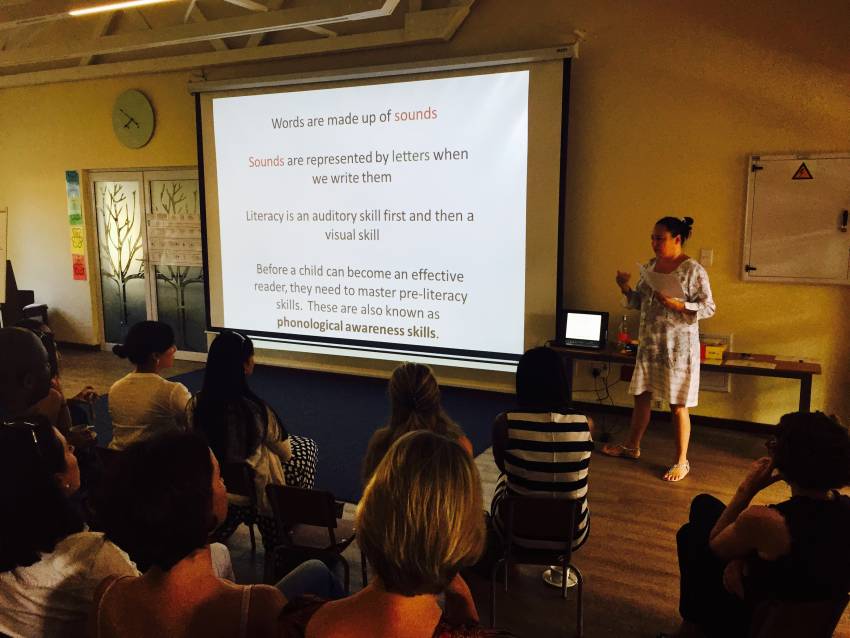St Peter's Prep Schools - Understanding THRASS
THRASS stands for: Teaching Handwriting Reading And Spelling Skills. This is the method we use at St Peter's Prep Schools. We have recently run a parent workshop and have summarised the gist of how THRASS works.
The THRASS programme provides children with the structure and skills to successfully attack literacy at word level, this can then be transferred to sentence and text levels. The principle is based on the fact that there are 26 letters in the alphabet (21 consonants and 5 vowels). There are, however 44 speech sounds in English (24 consonant and 20 vowel sounds) and these are represented by 120 spelling choices on the THRASS chart. For example the letter “a” has the following sounds – ant, baby, snail, tray. Traditionally we were taught that one letter made one sound; using the phonographic approach children learn that words are made up of sounds and sounds are represented by letters. THRASS allows children who have good phonemic awareness to develop graphemic awareness while helping children to segment and blend sounds in words.

St Peter’s parents attended a workshop on THRASS.
The THRASS chart is like a map, on one side is consonant city and on the flip side is vowel city. To encourage tracking from left to right all streets are one way. Each row is a street and in each street there are houses for different word families. The keyword picture in each house represents a room for that family member. The “c” house has rooms for cat, kitten, duck, school and queen. Under each picture are letter combinations which represent a spelling choice for that sound e.g. rabbit is the keyword picture for bb which makes the sound b. This allows children to make appropriate spelling choices when “thrassing” out a word.

THRASS workshop presented by Lisa Human – a Speech and Language Therapist
accident:
a in ant
c in cat
c in city
i in fossil
d in dog
e in garden
n in net
t in tap
The teacher uses a variety of methods to ensure the children understand and memorise the THRASS Chart:
Raps – The raps taught allow the children to recall the “houses” and the “rooms” in each house
Rhyming – Can you think of a word that rhymes with cat…..
Categories – Finding all the animals, clothes, food etc. on the chart
Association – What goes with bird? (rabbit) Why are cat and kitten in the same house? (c sound)
Vocabulary Development – Let’s talk about birds, stations, chefs
Similarities and Differences – Why are a hand and a leg similar? Why are the different?
Once children have mastered the THRASS chart they are able to use this chart to become independent spellers with the chart being a tool to assist with making the correct choices during reading and writing activities as they move from one grade to the next.
“To successfully apply the spelling of a word to memory, the word must be meaningful to the learner” – Alan Davies (THRASS)